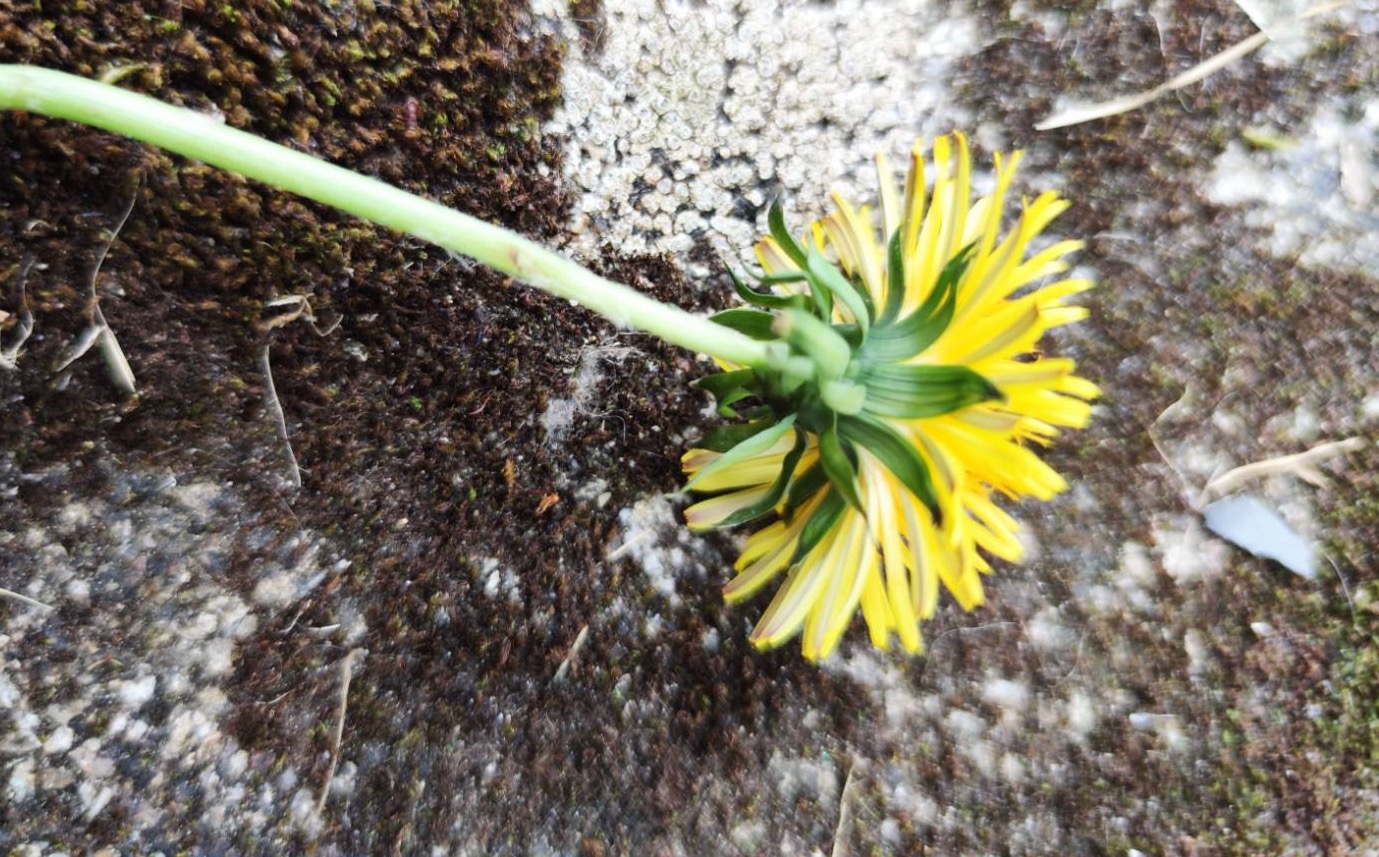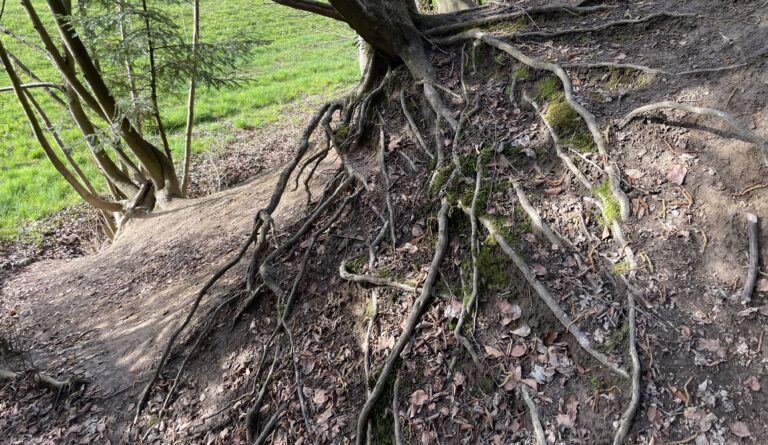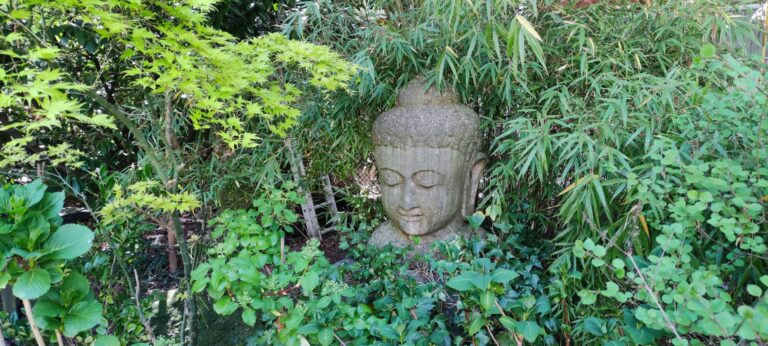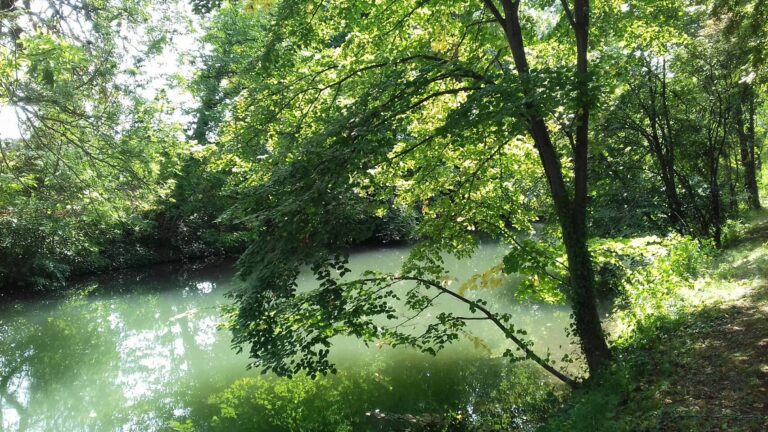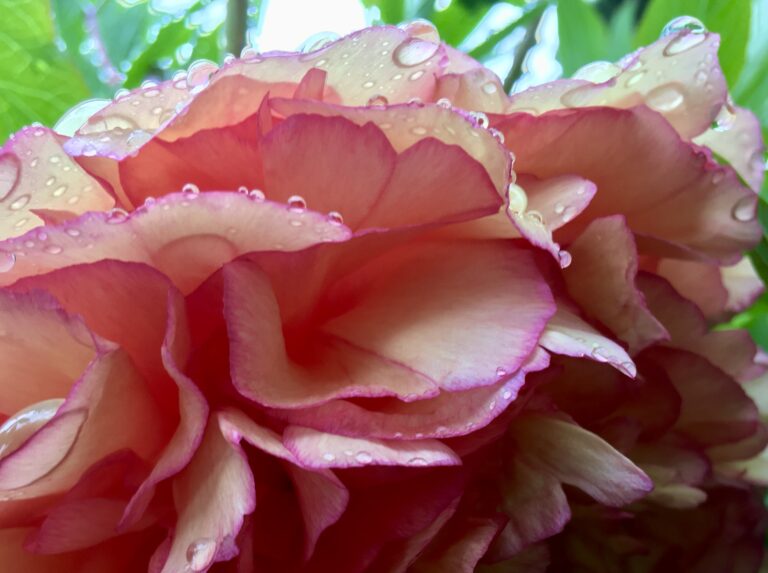The art of not knowing (and the work of A.H. Almaas)
“We cannot solve our problems with the same thinking we used when we created them.” Albert Einstein
Our current situation is ambivalent – while we are confronted with the meta-crisis and feel anxious about the future, we – mostly – still experience the direct world around us as relatively stable. We still live in more or less secure and democratic structures. This is the world we know, but it is changing ever more rapidly.
For a long time, we assumed that life would continually improve for everyone thanks to all the technological and scientific progress. Only gradually have we, as a society, lost our confidence and boundless optimism. We can no longer assume that the generations that follow us will fare better, or even as well, as we do today.
That’s why change is no longer viewed only positively. Changes are happening so much faster and are far more disturbing than we ever imagined: politically, socially, ecologically, economically. The loss of the familiar and safe old world brings with it fear, resistance, and disorientation—feelings we don’t like to experience.
The Willingness to Not Know
At the same time, every change asks us to face the new, to grow from it and find new, unfamiliar paths. To do this, we need openness. In other words, a willingness to not know. How can we be knowing, if we don’t first not know?
A. H.Almaas wrote: “We tend to be scared of not-knowing; we are unable to see that it is the pervasive ground of our knowledge. Not-knowing, in some sense, is where we live all the time.”
This “art of not knowing” is an important aspect of the work of A.H. Almaas and the “Diamond Approach” he founded (his pen name, “Almaas,” means “diamond” in Arabic). The central practice of his spiritual school is a direct and open-ended exploration of one’s own experience in the moment — with an attitude of mindfulness, curiosity and presence. Since we highly value this kind of “inquiry” and practice it ourselves, we would like to introduce Almaas and the Diamond Approach in more detail here.
A.H. Almaas and the “Diamond Approach”
A.H. Almaas was born Abdul Hameed Al Ali in Kuwait in 1944, where he grew up in a traditional Islamic family. At just two years old, he contracted polio and required a walking aid ever since. In an interview, he once said: “This created a vulnerability and physical dependence on others, which helped me become a socially sensitive individual, but also inwardly autonomous. It also gave me the necessity to turn inward to experience life. (…) The polio created a limitation in terms of physical and social functioning, but it also allowed some inner strength to develop.“
In 1963, he moved to the USA to study physics and mathematics at Berkeley. During his college years, a second event occurred that, like his childhood polio, had a decisive impact on him. After a traffic accident, he spent some time in intensive care. At the moment of the accident, he experienced himself as “a faceted body of light and presence.” He initially forgot this perception, retaining only a basic trust that life and existence were good and that the right thing would happen. In retrospect, he experienced the accident as a turning point in his attention—from the external study of the universe to internal exploration, a gradual, ever-increasing process of discovery in which he developed a teaching that, as he says,“embodies ancient wisdom but is relevant to a postmodern Western secular scientific culture.”
After completing his bachelor’s degree in physics and mathematics and his master’s degree in physics, he abandoned his doctoral studies in physics shortly before completing his dissertation: “In my late twenties (…) I realized that what I was truly after was a truth of the universe that was not available in the sciences at the time. Around the same time, I became aware of what kind of people most scientists were, and that I did not want to be like that. I mean to be mostly intellect centered, at the expense of other faculties and qualities of human beings. I saw that the truth I had been looking for, without explicitly knowing it, was the underlying ontological and metaphysical foundation of existence. I went through a few years where I experienced my interest in the sciences waning as my interest in studying inner ways of experience increased. That was a radical turnaround, and I went through many kinds of anxieties because of it. I did not do it intentionally; it just happened. I never felt this was a discounting of science, for I am still interested in it and value it for humanity’s lot. I simply discovered it was not the modality that was going to take me to fulfill my destiny.”
A few years later, he earned his doctorate in psychology, specializing in Reichian therapy. And he founded the “Diamond Approach,” in which he combines spiritual traditions with contemporary psychological insights into our human nature. The most important methods in this spiritual school are lectures, discussions in large and small groups, individual work, meditation, and contemplative self-exploration in presence, the “inquiries.”
All of this is supportive for rediscovering oneself and dealing with all the facets of complex life. It’s a very useful way to better master challenges. This approach also helps us to first recognize when we are not open or believe we already know everything about a topic. By questioning this, previously unconscious beliefs become clearer, and we can reorient ourselves.
The potential of not knowing
“It is impossible for a man to learn what he thinks he already knows.” — Epictetus, Roman Stoic Philosopher
Most of us learned in school that knowledge was valued, while ignorance had to be covered up. Open, spontaneous curiosity was usually not welcome if it didn’t contribute to the curriculum. Answering a teacher’s questions with, “I have no idea, but I’m curious” would have been downright absurd. Knowing the right answer was expected and led to good grades.
Thus, we grew up in the world of data, information overload, and scientific knowledge. And we have to rediscover ignorance for ourselves.
“Not-knowing is the entry to the adventure of discovery. In time, you may recognize that not-knowing is the way Being opens up to its own mysteriousness.”
Humility is the acknowledgment of all that we don’t know. Humility makes us more open to new things and protects us from arrogance and overconfidence. The optimal path, of course, is a dance of knowing and not knowing, an interplay of knowledge and openness to the unknown.
The “Diamond Approach” is not an escape from reality, but rather an approach designed to empower us to find appropriate responses to new situations, especially in today’s world, which is undergoing such upheaval.
Regarding the global crisis, Almaas writes: “None of that (the preciousness of curiosity and not-knowing) detracts an iota from the immensity of the suffering, and difficulty and tragedy that is unfolding for some people too. Curiosity is not all that is needed. We need our compassion, our groundedness, our courage and all sorts of other qualities too. But our lightness, our curiosity and creativity can touch anything that we encounter – hah, how is this, what can I do here, what will really help? It can alleviate the heaviness of the situation.“
Further reading: A.H. Almaas has written many books. A particularly good place to start is “The Unfolding Now,” which vividly describes the approach to inquiry.
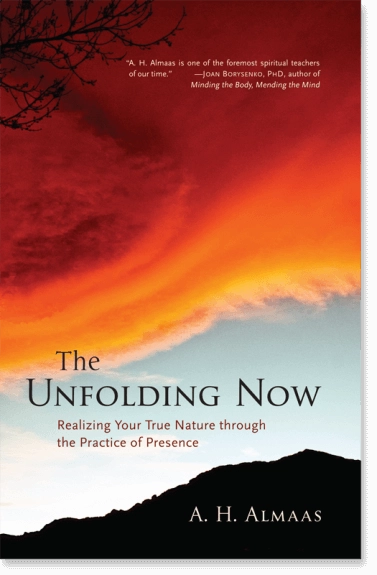
Realizing Your True Nature through the Practice of Presence
